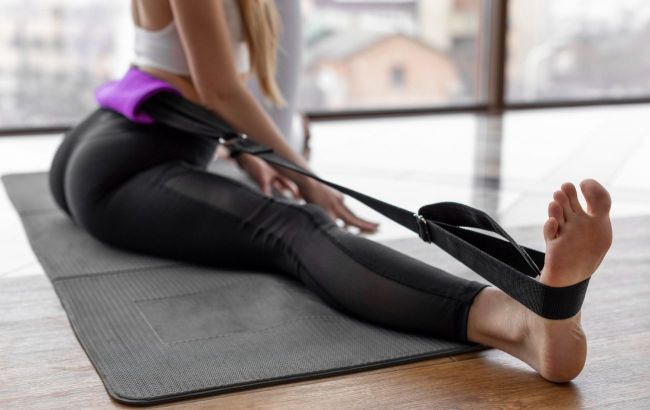Barefoot workouts: Podiatrists explain harm they cause
 Is it safe to exercise barefoot (photo: freepik)
Is it safe to exercise barefoot (photo: freepik)
In the fitness world, barefoot workouts have become popular, from yoga to functional training. Advocates of this approach claim it helps to better connect with the body, activate foot muscles, and improve balance. But is exercising without shoes safe? Today answers.
Is walking barefoot good for health?
Podiatrist John Roy Senatore explained that during barefoot workouts, you can get cuts, calluses, and blisters. That’s why protection with insoles, socks, and sneakers is necessary.
I would run barefoot on a beach. I would do barefoot yoga. That’s it, he added.
Walking barefoot brings joy, as people connect with nature and the earth. However, this is only beneficial if done occasionally.
High-quality footwear offers comfort, cushioning, and protection from injuries, infections, and extreme temperatures. If you haven’t gone barefoot all your life since childhood, your feet are used to certain support and are not adapted to go without shoes all day.
We live in a society where socks and shoes are commonplace, so we’re not used to doing that, says Brad Schaeffer, a New York podiatrist.
Is it okay to train barefoot?
It depends on the type of physical activity and whether the person has any foot conditions or health issues.
People with diabetes should never walk barefoot, not even at home, due to diabetic neuropathy – a complication that can cause loss of sensation in the feet.
It’s okay to walk barefoot on a grassy field or a beach if the environment is clean. But even then, safety concerns may arise, particularly the risk of cuts.
You should not walk barefoot in the city, where there might be glass, trash, needles, or other dangerous debris. Hot pavement in the summer can burn your feet if they’re not protected.
Doctors also advise against running barefoot because intense exercises require support and cushioning. Running barefoot may result in fractures.
When running, the force exerted on the feet increases several times compared to body weight, depending on speed and the surface you’re running on.
You may be interested in:
- 6 evening exercises that relax your body better than a massage
- Best time to work out to burn belly fat revealed
This material is for informational purposes only and should not be used for medical diagnosis or self-treatment. Our goal is to provide readers with accurate information about symptoms, causes, and methods of detecting diseases. RBС-Ukraine is not responsible for any diagnoses that readers may make based on materials from the resource. We do not recommend self-treatment and advise consulting a doctor in case of any health concerns.

